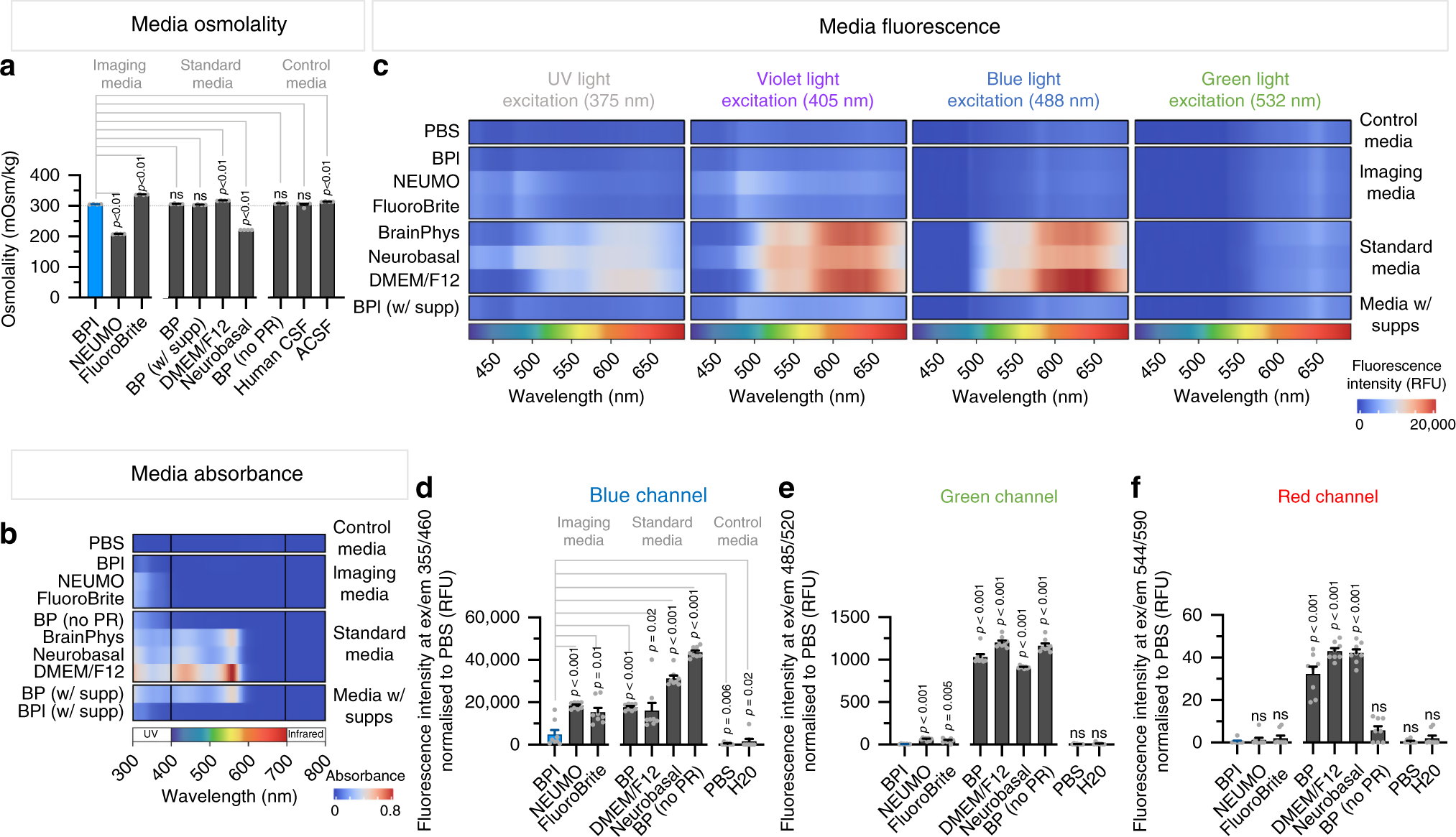
Strategic Management Journal, 31: 159–181. Should auld acquaintance be forgot? The reverse transfer of knowledge through mobility ties. Compendium of R&D reward and recognition programs. American Journal of Sociology, 94: S95–S120. Social capital in the creation of human capital. Administrative Science Quarterly, 35: 128–152. Absorptive capacity: A new perspective on learning and innovation. Innovation and learning: The two faces of R & D. Corporate venture capital in the context of corporate innovation. Making sense of corporate venture capital. Strategic Management Journal, 34: 1591–1613. Where do firms’ recombinant capabilities come from? Intraorganizational networks, knowledge, and firms’ ability to innovate through technological recombination. Journal of Business & Economic Statistics, 29: 238–249. Robust inference with multi-way clustering. Organizational learning and communities-of-practice: Toward a unified view of working, learning, and innovation. A relational view of information seeking and learning in social networks. Corporate venture capital as a window on new technologies: Implications for the performance of corporate investors when acquiring startups. Strategic Management Journal, 27: 1205–1219. The impact of market actions on firm reputation. Princeton, NJ: Princeton University Press. Nelson (Ed.), The Rate and Direction of Inventive Activity: 609–626. Economic welfare and the allocation of resources for invention. Organizational Behavior and Human Decision Processes, 82: 150–169. Knowledge transfer: A basis for competitive advantage in firms.

Strategic Management Journal, 37: 819–834. Are entrepreneurial venture’s innovation rates sensitive to investor complementary assets? Comparing biotech ventures backed by corporate and independent VCs. Localization of knowledge and the mobility of engineers in regional networks. Applicant and examiner citations in US patents: An overview and analysis. Alcacer, J., Gittelman, M., & Sampat, B.Strategic Management Journal, 22: 197–220. Technological acquisitions and the innovation performance of acquiring firms: A longitudinal study. Journal of Economic Geography, 6: 571–591.

Gone but not forgotten: Knowledge flows, labor mobility, and enduring social relationships.


We also find that highly connected internal inventor networks diminish any advantage that incumbent firms gain from having corporate venture capital investments in new ventures in terms of absorbing their technologies. Broadly distributed access to internal technology, combined with a strong social identity that results from high levels of connectedness, can lead to insularity and a “not invented here” syndrome. In contrast, having a highly connected inventor network engenders social capital that impedes incumbents’ absorption of new venture technologies. Moreover, any insularity that may result from having cohesive clusters is mitigated by internal competition between clusters. We suggest that such networks engender specific social capital in terms of information conduits, trust, and common vernaculars that is ideal for inventors to translate and share with their cluster members the technological insights that they have derived from outside sources. We find that incumbents that have internal inventor network configurations in which inventors are heavily clustered into cohesive subgroups of interconnected inventors are more likely to build on new venture technologies. We explore how an incumbent firm’s internal inventor network configuration influences its ability to assimilate and absorb new venture technologies.


 0 kommentar(er)
0 kommentar(er)
